
He dressed Jackie Chan, Arnold Schwarzenegger and Andy Lau - now he's guiding Chinese fashion’s Made in China 2025 makeover
Born of a contest to find outfits for Xi and fellow Asia-Pacific leaders to wear at 2014 Beijing summit, xinzhongzhang is Chinese traditional fashion for a new age. Fashion veterans heading the brand talk about their global ambitions
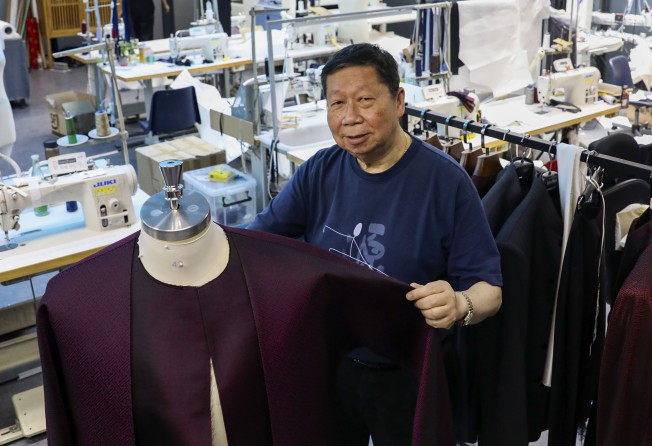
With national leaders dressed in traditional clothes of the host country, the group photo session at the annual Asia-Pacific Economic Cooperation (Apec) powwow always sends journalists into a photo-taking frenzy.
At the 2014 Apec summit held in Beijing, the photo op also served as a coming-out party for xinzhongzhang, or Chinese-style outfits, a new fashion concept endorsed by Chinese President Xi Jinping.

Tasked with promoting xinzhongzhang, the Beijing Institute of Fashion Technology in 2015 established the Oriental Garment Innovation Centre, which conducts research and development for the new style of Chinese fashion.
With different terms like hanfu (Han clothing) and tangzhuang (Tang garments) describing traditional Chinese fashion, a former president of the institute, Liu Yuanfeng, who heads the centre, said xinzhongzhang was coined to describe the new clothing concept as the other terms are restrictive.
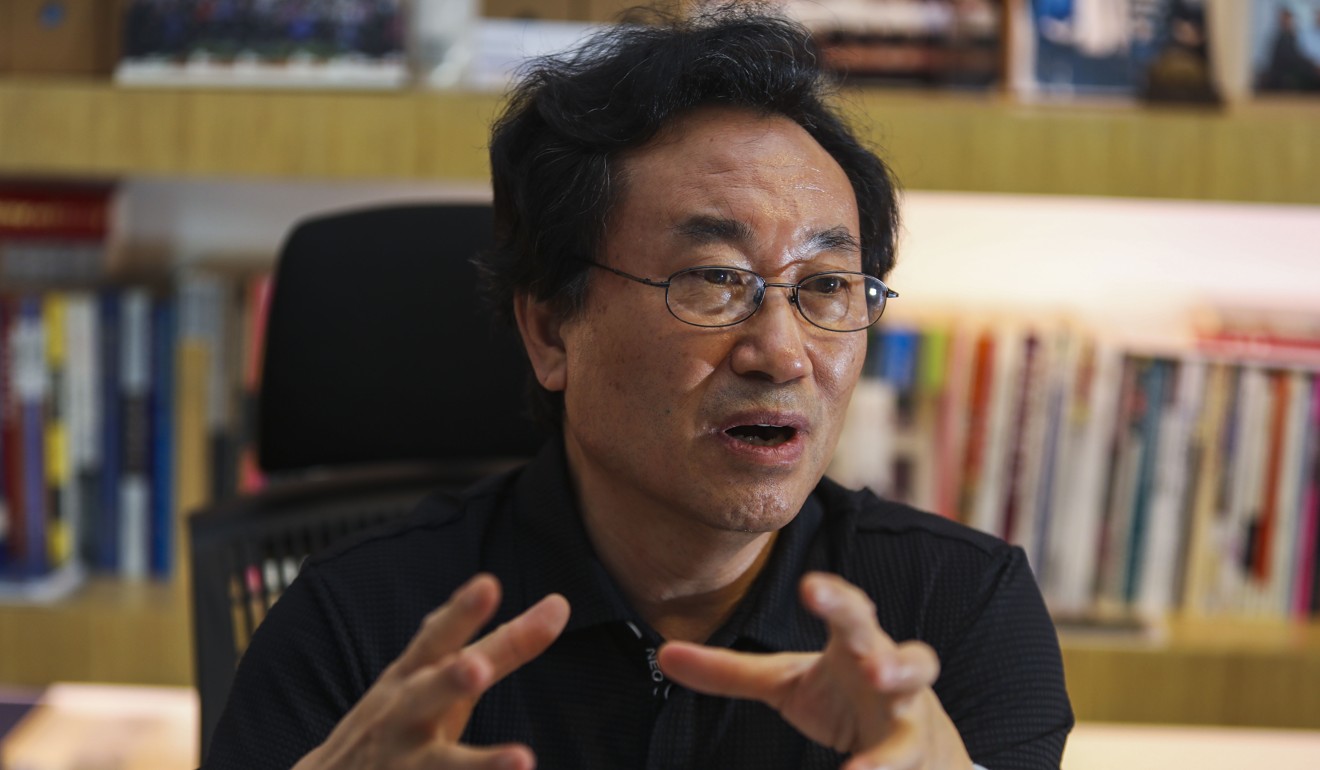
“Fashion reflects the times,” he says. “The term tangzhuang is confined to Tang dynasty style. Hanfu refers to the Han dynasty. Such terms cannot show the fashion of contemporary people. Contemporary [Chinese] clothing must involve traditional and international fashion elements. Xinzhongzhang can represent the new age.
“Xinzhongzhang is not just about zhongshan [or Mao] suit and qipao. It also includes ethnic minorities. China has many ethnic minorities. We should combine their clothing with international fashion. Just as culture has multiple facets, [the concept of xinzhongzhang] is quite wide in scope.”
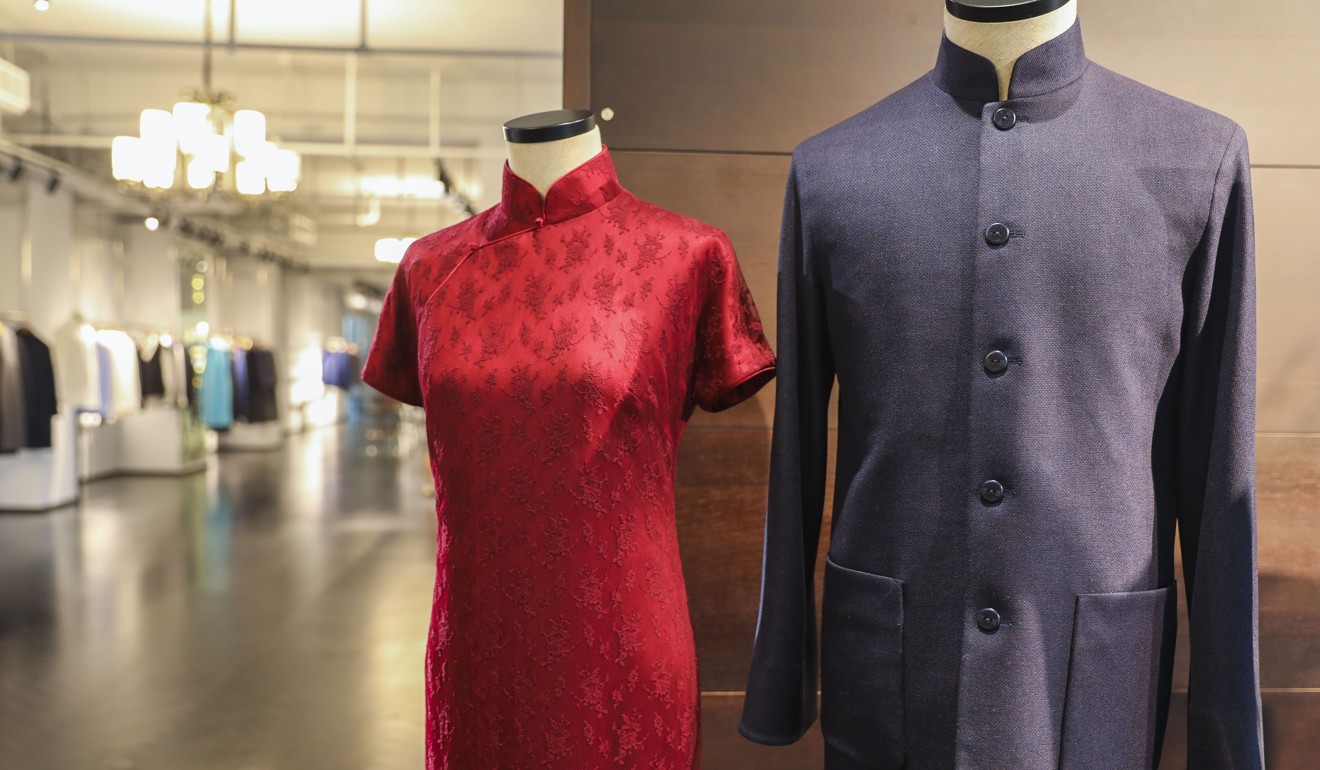
At the Apec welcoming banquet at the Beijing National Aquatics Centre, Xi, Barack Obama, Russian President Vladimir Putin wore a brocade imperial purple design with a stand-up collar and raglan sleeves. Female leaders sported a regal blue tunic with buttons down the front.
Culture is a kind of soft power … China’s prosperity and self-confidence should be reflected in multifarious ways … fashion can be a manifestation of cultural confidence
The designs were chosen, in four rounds of selection, from more than 400 entries by fashion firms bidding for the right to make outfits for the Apec leaders.
Liu says they turned xinzhongzhang into a fashion brand after the 2014 Apec meeting. “We developed new Chinese-style outfits based on the Apec fashions,” he says.
While national leaders wear Western clothes for important occasions, Liu says the time is ripe for people to start wearing Chinese-style clothing.
“Culture is a kind of soft power … China’s prosperity and self-confidence should be reflected in multifarious ways … clothing tops the [four essentials for human living, with the remaining three being food, housing and transport]. So fashion can be a manifestation of cultural confidence.”
With a 400 square metre (4,300 sq ft) retail shop at the institute, the promotion of xinzhongzhang is part of the Made in China 2025 plan by the central government to move China up the global value chain.
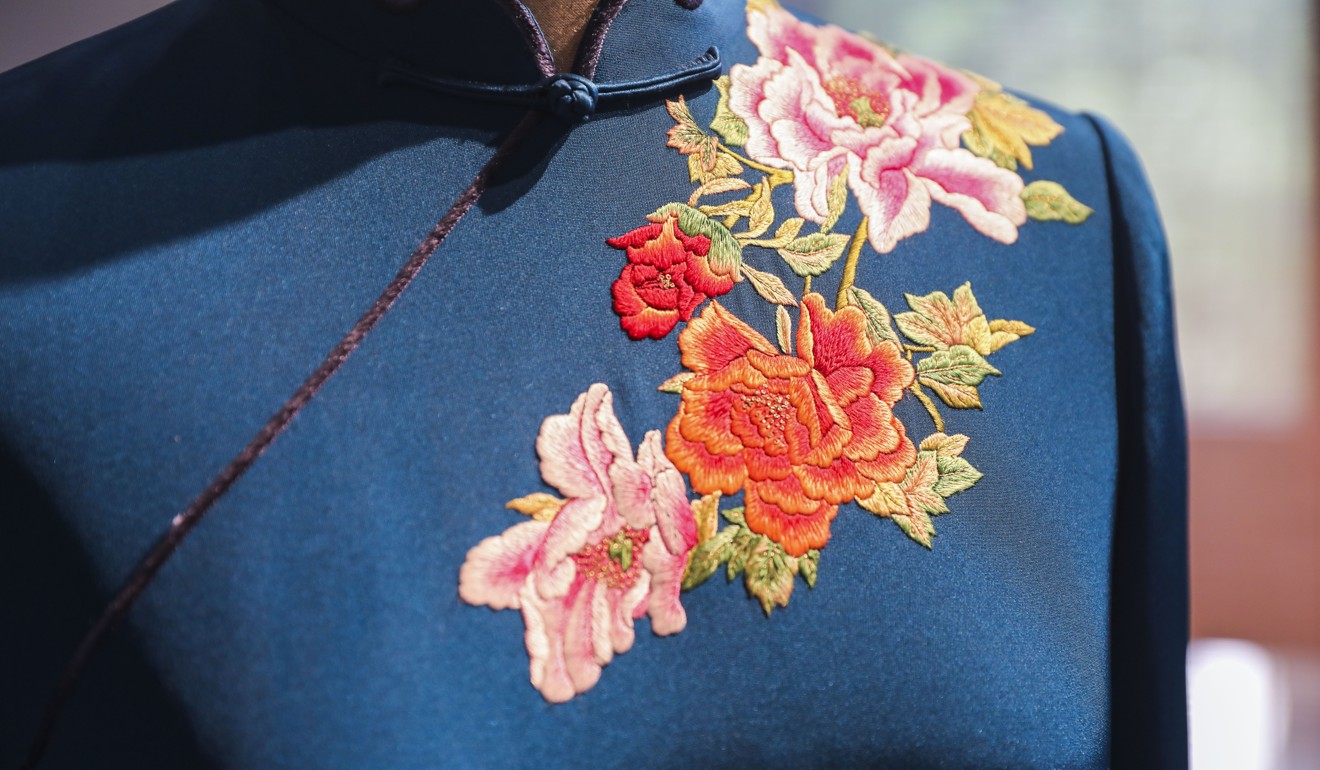
The shop on the sprawling campus of the institute displays sleek designs made from various materials including wool and silk. A tailor-made xinzhongzhang outfit costs a minimum of 8,000 yuan (US$1,160). The high price tag does not deter sophisticated Chinese and overseas customers.
Liu says that after extensive research and development, they have launched three xinzhongzhang clothing lines for auspicious, official and daily occasions. “Our Western clientele is fast expanding,” he says.
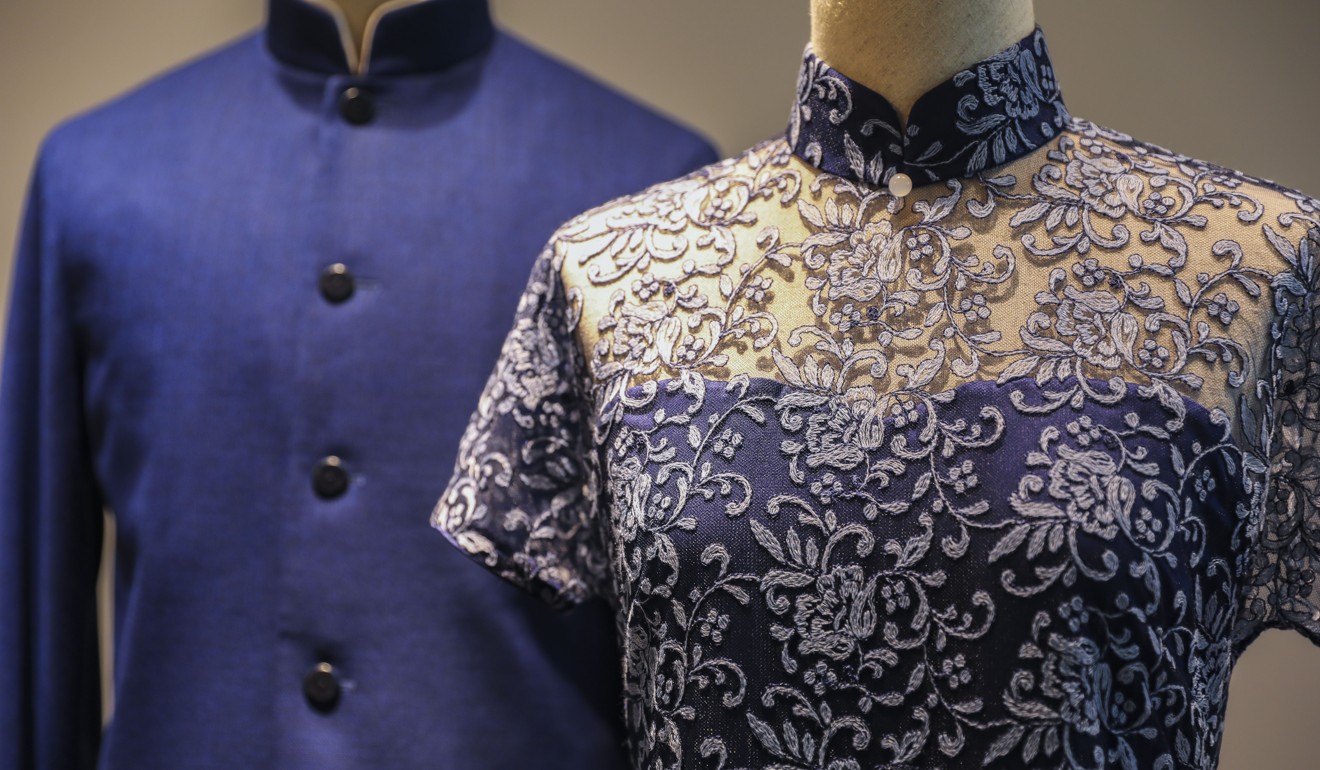
While China’s fashion brand development lags behind that of the West, Liu says the rising power of China and the establishment of the centre will help xinzhongzhang go global.
“Promoting xinzhongzhang is the most complex part,” he says. “Fashion is diverse nowadays. People wear whatever they want to wear.
“We try to use festivals like Lunar New Year and the Mid-Autumn Festival to promote xinzhongzhang. People can wear xinzhongzhang for such auspicious occasions. Culture needs gradual absorption by the public. When more people like xinzhongzhang and wear it, our clientele will gradually expand … and the brand’s cultural influence will grow.
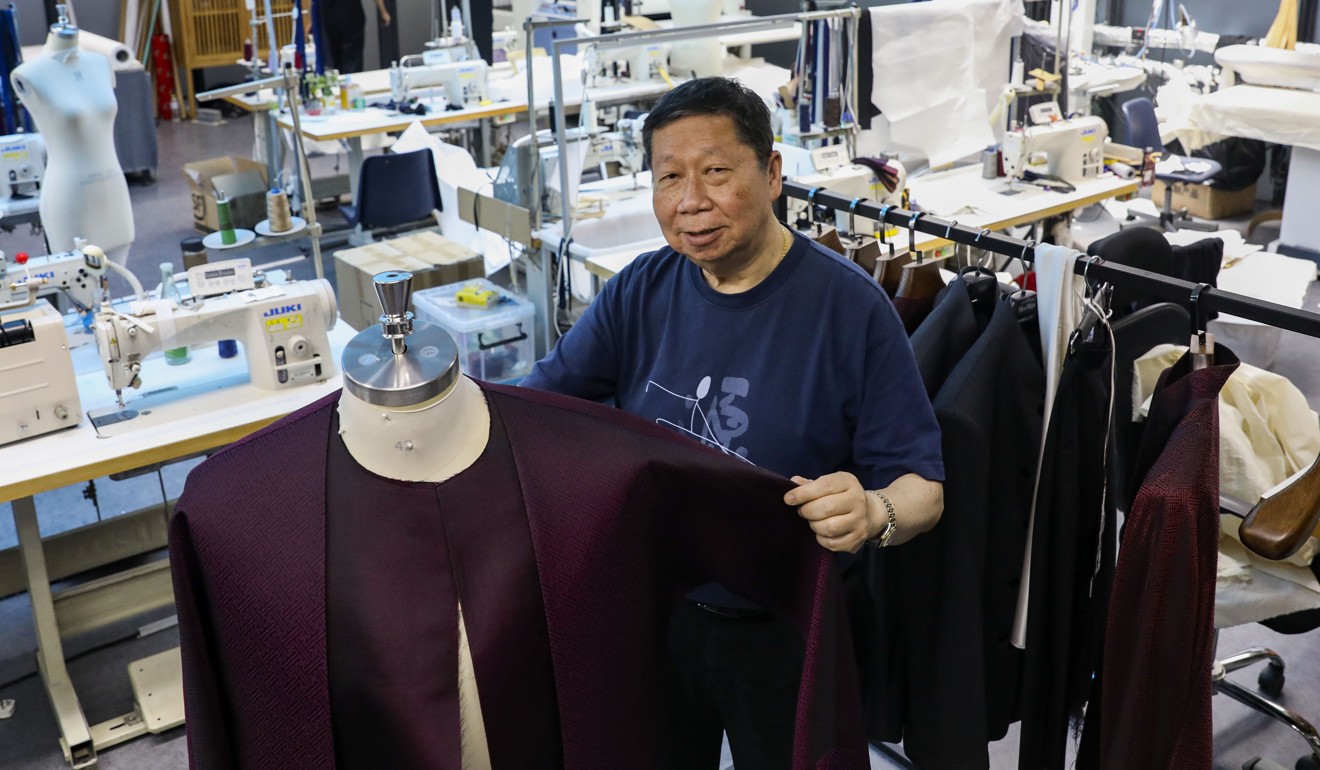
Liu adds: “We also organise press conferences for xinzhongzhang during international fashion shows. The brand offers top-end tailor-made [clothes] … similar to [luxury Chinese clothing brand] Shanghai Tang. Cultural celebrities like TV station hosts also wear it as a form of promotion,” says Liu.
At a fashion show held in Beijing’s Xiongan district last year, xinzhongzhang-clad Western models paraded down the catwalk amid camera flashes. The centre’s technical director, Tse Chi-kwong, says the preparations for the fashion show were thorough.
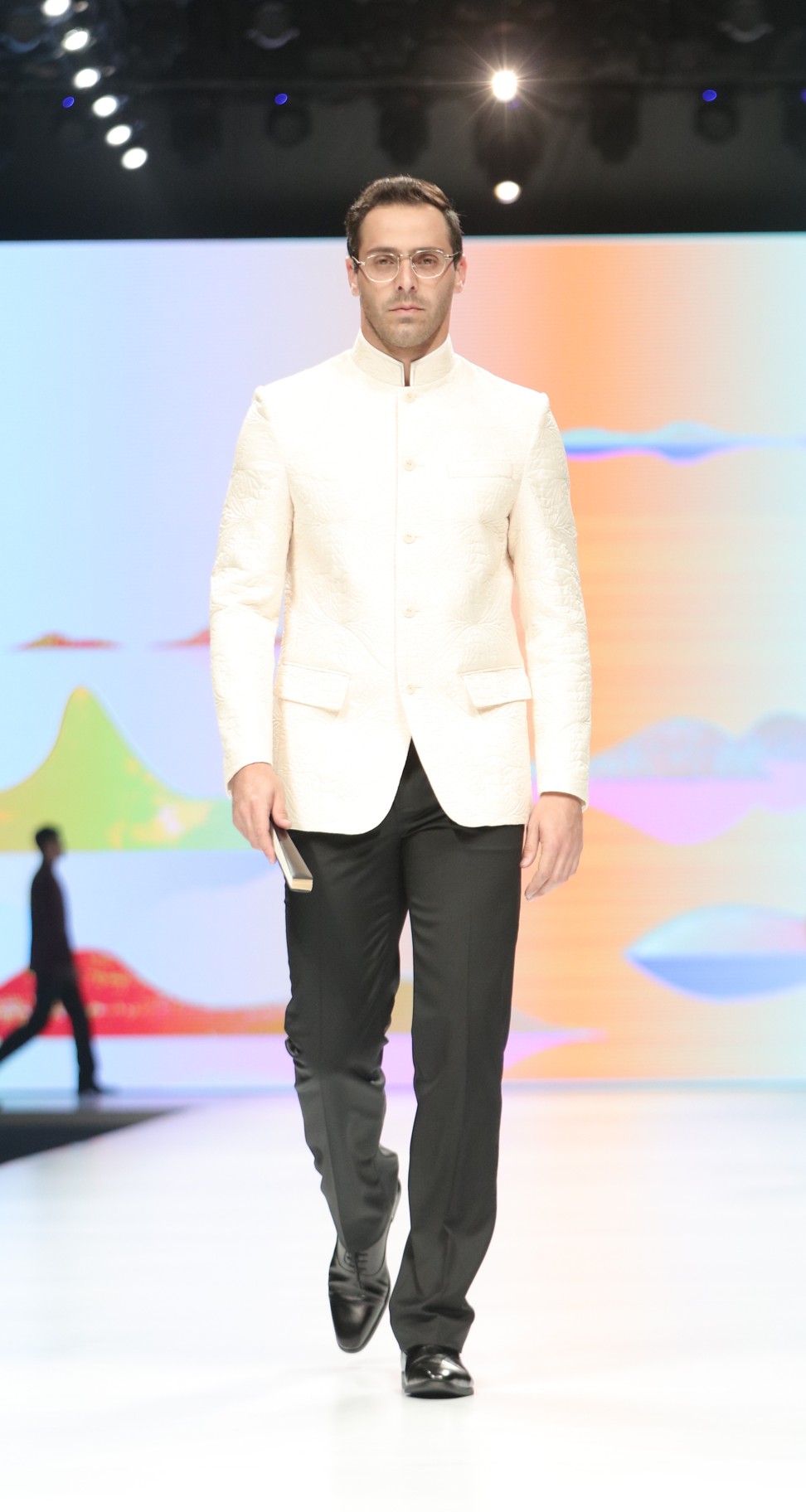
“The Western models had not worn Chinese clothing before. During rehearsals, they adopted the brisk gait of Western models, which is not right for xinzhongzhang. We taught them to adopt a new gait. They have to walk slower in more of a striding fashion. We will do such fashion shows annually to promote the brand. The next one will be held in October.”
Liu says the institute has also established fashion innovation parks in Beijing, Shanghai, Ningbo and Qingdao to promote the brand in different Chinese cities. “We have to first gain recognition from people in China before we promote the brand overseas.”
While the West often maligns China for lacking creativity, Liu, a fashion designer himself, says there are many talented Chinese designers with great potential on the global fashion scene.
“Our students’ designs have won many international fashion competitions. While Chinese fashion designers display their new works in Paris and Milan during press conferences, they always open their fashion brand shops and develop their fashion career in China. It is because their brands have to be sustained by Chinese sales at the end of the day.”

Tse, a former consultant of luxury Chinese fashion brand Blanc de Chine – the designs of which were among the more than 400 entries submitted for the 2014 Apec meeting – leads a team of seven tailors at the Beijing institute’s innovation centre.
Born in Macau, Tse went to Hong Kong to work as a trainee tailor in 1959 and ended up working for celebrities including the chairman of business conglomerate Shui On Group, Vincent Lo Hong-sui, film stars Andy Lau Tak-wah and Jackie Chan, former California governor Arnold Schwarzenegger and politician Lydia Dunn.
Spry and full of life, the 72-year-old rattles off anecdotes about the quirks of stars and their clothing preferences with relish.
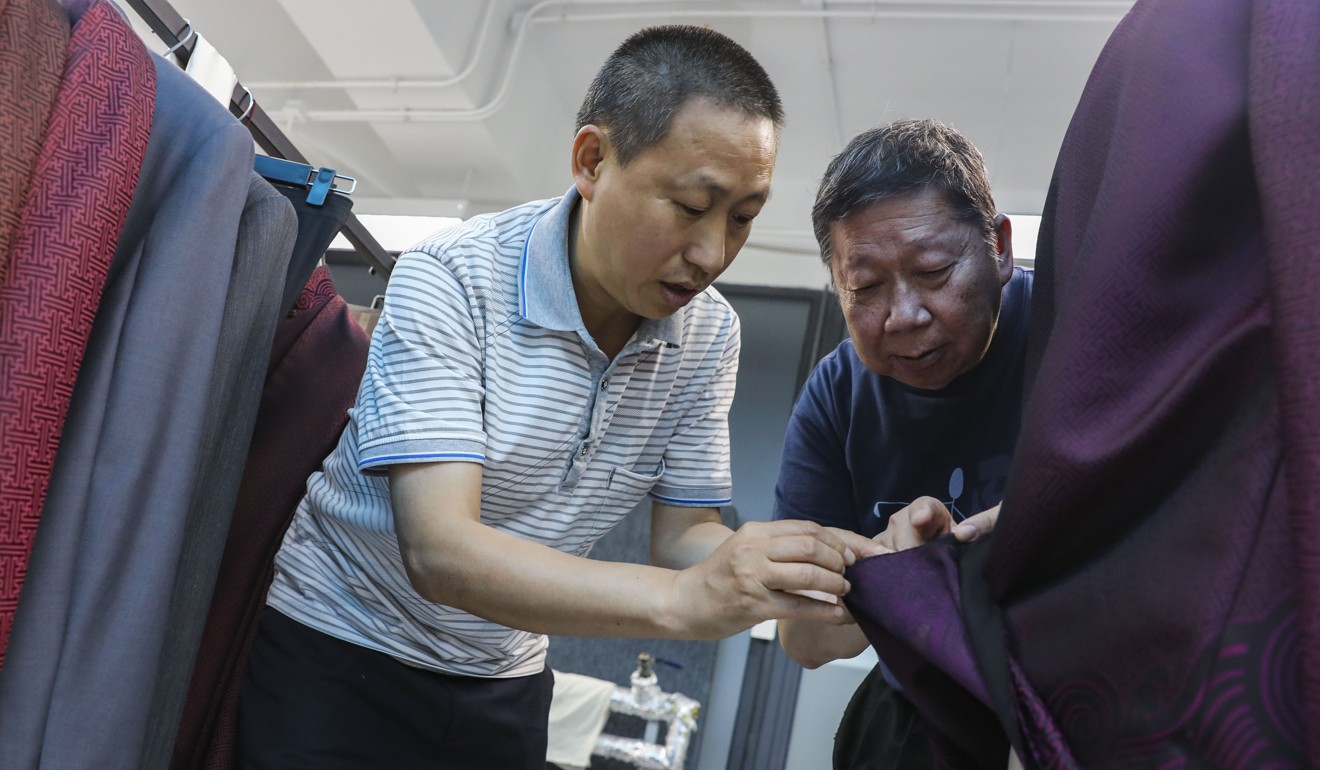
“No matter how many people were in the room, Andy Lau always stripped down to only his underwear when trying clothes. I used to make a qipao for [the late singer] Anita Mui’s concert. She wanted a higher opening for the qipao [for showing more leg]. I eventually persuaded her that qipao is not for coquettes and she accepted a lower opening. The qipao eventually brought down the house.”
Tse came out of retirement to join the centre as its technical director in 2016.

“I want to do something for China. I want to promote xinzhongzhang for my country. I am now teaching a class at the institute so that I can pass on [what I know to the next generation].
“When I worked at Blanc de Chine, an Italian brand sent a tailor to Hong Kong to learn how we do the collar. After he came back to Italy, he couldn’t do it. It took at least seven years of learning to do a piece of decent Chinese clothing. It’s a delicate [art]. It’s difficult for me to find a successor.”